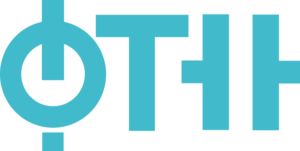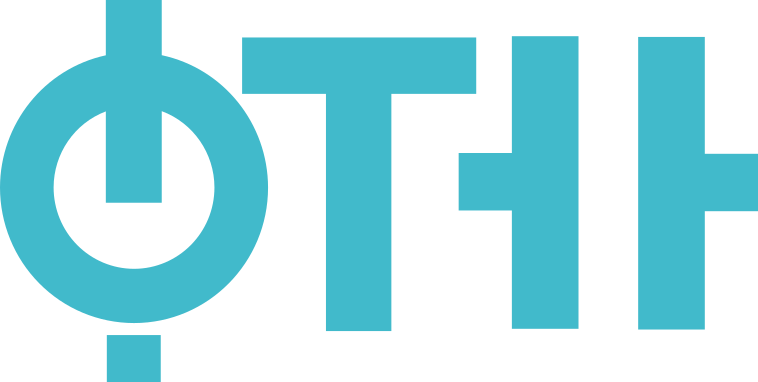Subject: Mechanical engineering in medicine and bioengineering (17.PP2I11 )
Native organizations units: Department of Production Engineering
Study programmes of the course:
| Type of studies | Title |
|---|---|
| Master Academic Studies | Production Engineering (Year: 1, Semester: Summer) |
| Category | Academic-general educative |
| Scientific or art field | Livenje, termička obrada, inženjerstvo površina i nanotehnologije |
| ECTS | 5 |
The objective of the course it to introduce students to application of mechanical engineering in medicine and bioengineering.
Upon successful completion of this course, students will be able to: 1. name and describe friction, wear and degradation mechanisms of medical tools, elements of the locomotor system, orthopedic implants and other components that are incorporated into the human body; 2. name types of biocompatible and biosensing materials and give examples of their application; 3. name and describe technologies for shaping biomaterials into components applied in human body; 4. name types of biomedical coatings and their properties and give examples of their application; 5. name and describe micro and nano electromechanical systems; 6. give examples of biomedical application of plasma; 7. give examples of application of nanotechnologies in medicine and bioengineering; 8. name and describe methods for fabrication of medical tools and equipment; 9. analyze given element and in accordance with its application and required properties propose type of material, fabrication method, and surface treatment.
Introduction to application of mechanical engineering in medicine and bioengineering. Friction, wear, and degradation of elements of the locomotor system, orthopedic and dental implants, and artificial joints. Biocompatible and biosensing materials. Technologies for shaping of biomaterials into components applied in human body. Surface engineering in medicine and bioengineering. Biomedical coatings, properties, synthesis, and characterization. Biomedical application of plasma. Micro and nano electromechanical systems. Nanotechnologies in medicine and bioengineering. Fabrication of medical tools and equipment.
Teaching is held interactively as lectures and laboratory practice. During lectures, the theoretical part of the teaching content is presented and supplemented by characteristic practical examples for better understanding. During lectures, discussion between students is frequently initiated in order to increase motivation, expand understanding of presented matter, broaden perspectives and clarify potential ambiguities. During laboratory practice, the obtained knowledge is practically applied on the available laboratory equipment. Apart from lectures and practice, consultations are held regularly.
| Authors | Title | Year | Publisher | Language |
|---|---|---|---|---|
| 2005 | English | |||
| 2004 | English |
| Course activity | Pre-examination | Obligations | Number of points |
|---|---|---|---|
| Term paper | Yes | Yes | 20.00 |
| Oral part of the exam | No | Yes | 50.00 |
| Presentation | Yes | Yes | 10.00 |
| Term paper | Yes | Yes | 20.00 |

Prof. Škorić Branko
Full Professor
Lectures
Assoc. Prof. Terek Pal
Associate Professor
Lectures
Assoc. Prof. Terek Pal
Associate Professor
Laboratory classes
Assoc. Prof. Terek Pal
Associate Professor
Computational classes
Faculty of Technical Sciences

© 2024. Faculty of Technical Sciences.
Contact:
Address: Trg Dositeja Obradovića 6, 21102 Novi Sad
© 2024. Faculty of Technical Sciences.



